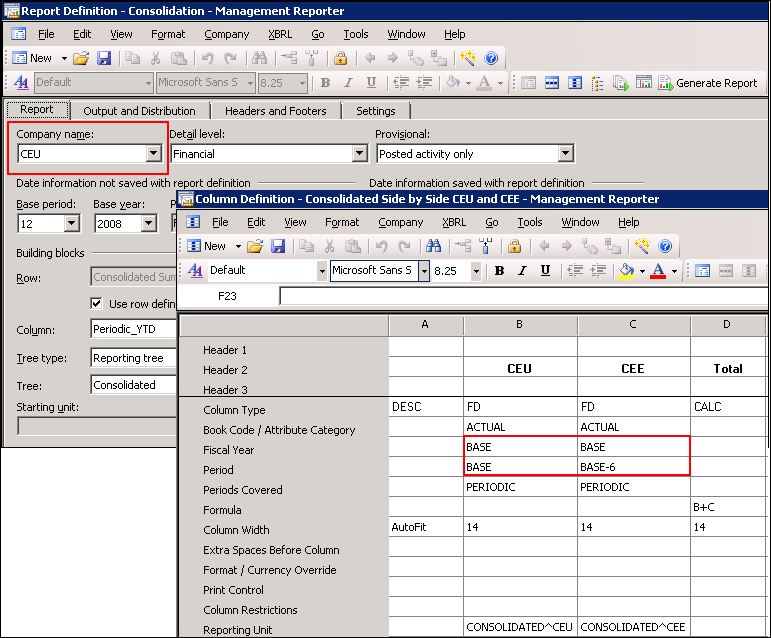Creating Consolidated Financial Statements using Management Reporter – Consolidating data across one or multiple Dynamics ERPs with different fiscal periods (Part 3 of 7)
Sometimes, different companies will be using different fiscal calendars, but you may still want to create consolidated financial statements for these companies. This blog (3rd in a series of 7), will show you how to create consolidated reports with varying fiscal calendars. .
- Part 1 contains an overview of consolidating data across one or multiple Dynamics ERPs with the same chart of accounts and same fiscal periods.
- Part 2 describes consolidating across one or multiple Dynamics ERPs with different chart of accounts
- Part 3 defines the process for consolidation across one or multiple Dynamics ERPs with different fiscal periods.
- Part 4 is focused on reporting with multiple Dynamics AX 2009 instances (AOS).
- Part 5 will show you how to report on consolidation data that resides in non-Dynamics ERPs.
- Part 6 will discuss how to produce a consolidated report in Management Reporter that includes a column for elimination entries.
- Part 7 will focus on scenarios where a company does not own 100% of a subsidiary.
The high level steps to consolidating when different fiscal periods exist are:
- Verify each company is available in Management Reporter. (See Part 1 of the series)
- Create a column definition and use the period and year to ‘map’ the appropriate periods for each company.
- Use a reporting unit restriction in the column definition to assign each company to its appropriate column.
The important thing to consider when designing the column definition for multiple companies with differing fiscal periods is what company will be assigned in the report definition. This is the company that you will use as the base fiscal calendar for any report definitions.
The following table describes the fiscal setup for companies CEU and CEE. Assuming CEU uses the fiscal calendar that you prefer to use for consolidated reports, if a report is desired for June 30, 2008, the mapping column shows the equivalent period and year for each company.
Company |
Fiscal Year |
Mapping |
CEU |
Fiscal Year, July 1 – June 30 |
Period 12, Fiscal Year 2008 |
CEE |
Calendar Year, January 1 – December 31 |
Period 6, Fiscal Year 2008 |
If the Report Definition has CEU defined as the company, then Base-6 would be appropriate for the Period in the column definition for CEE. CEU will use the Base period, which is Period 12 based upon the report definition and CEE will use Base – 6, which is Period 6. Both columns will include data for June 2008.
